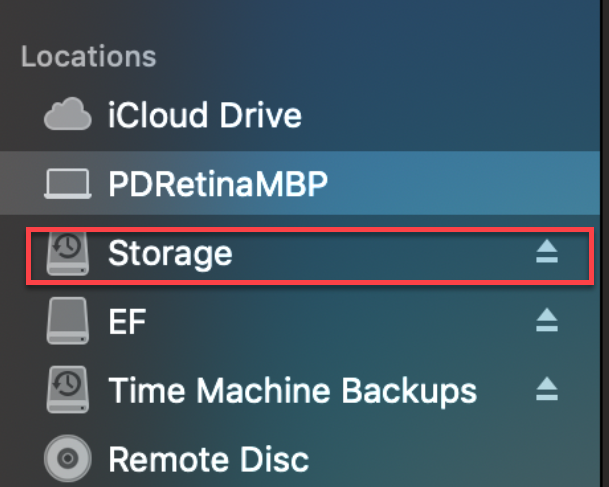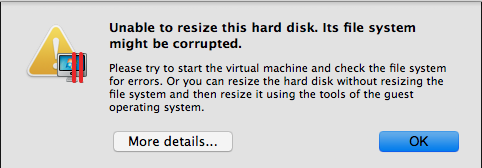

- #Parallels unable to resize this hard disk snapshots Pc
- #Parallels unable to resize this hard disk snapshots windows
The new size should be greater than the existing disk size. Resize a managed disk in the Azure portal Use this script to get a list of classic VM SKUs that support expanding without downtime. Or an Azure Resource Manager template with an API version that's or newer.Not supported for Ultra disks or Premium SSD v2 disks.If a disk is already greater than 4 TiB, you can expand it without deallocating the VM and detaching the disk. If a disk is 4 TiB or less, you should deallocate your VM and detach the disk before expanding it beyond 4 TiB.This feature has the following limitations: The host cache setting of your disk doesn't change whether or not you can expand a data disk without deallocating your VM. You can expand data disks without deallocating your VM. Shrinking an existing disk isn’t supported and may result in data loss.Īfter expanding the disks, you need to Expand the volume in the operating system to take advantage of the larger disk. Unless you use Expand without downtime, expanding a data disk requires the VM to be deallocated.
#Parallels unable to resize this hard disk snapshots windows
To learn about the differences between MBR and GPT on Windows deployments, see Windows and GPT FAQ. If you need to store data on the OS disk and require the additional space, convert it to GUID Partition Table (GPT).

If you need more than 2 TiB, create and attach data disks and use them for data storage. However, many operating systems are partitioned with master boot record (MBR) by default. This article covers expanding either OS disks or data disks.Īn OS disk has a maximum capacity of 4,095 GiB.
#Parallels unable to resize this hard disk snapshots Pc
You may need to expand the OS disk if you're supporting a legacy application that installs components on the OS disk or if you're migrating a physical PC or VM from on-premises that has a larger OS disk. You can add data disks to your VM (the amount depends on the VM SKU you selected) and we recommend installing applications and CPU-intensive workloads on data disks. When you create a new virtual machine (VM) in a resource group by deploying an image from Azure Marketplace, the default operating system (OS) disk is usually 127 GiB (some images have smaller OS disk sizes by default). Applies to: ✔️ Windows VMs ✔️ Flexible scale sets


 0 kommentar(er)
0 kommentar(er)
